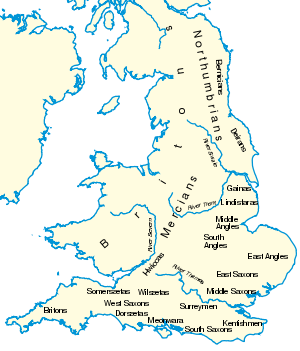 |
| Reccared chairs he Third Council of Toledo (you can buy the poster) |
- Unite various territories of the peninsula
- Defend against Frankish attacks
- Establish a new set of laws that offer equality to all
- Killing your own rebellious son to preserve your kingdom and its religion
- Create new currency
...and then your favorite other son changes everything after your death.
Poor Liuvigild, King of the Visigoths on the Iberian Peninsula. A steadfast Arian Christian, when his son Hermengild converted to Catholic Christianity and rebelled he had to deal with it harshly, didn't he?
Upon Liuvigild's death in 586, his other son, Reccared, became king. Bishop Leander of Seville, who had converted Liuvigild's elder son Hermengild and was therefore exiled by Liuvigild, returned to Spain shortly after. Leander convened the Third Council of Toledo in May 589, which Reccared hosted. During the Council, Reccared read a statement—a statement so theologically astute that the assumption is it was written for him by Leander—in which he accepted Catholic Christianity, rejecting Arianism and declaring Catholic Christianity the official religion of his Visigothic lands.
Many nobles followed his example. The Hispano-Roman indigenous population that the Visigoths had conquered in Spain was largely delighted with the change of heart in ruling class. Reccared's reign is considered an important turning point in the history of eliminating one of the major rivals to Catholic Christianity.
Many nobles followed his example. The Hispano-Roman indigenous population that the Visigoths had conquered in Spain was largely delighted with the change of heart in ruling class. Reccared's reign is considered an important turning point in the history of eliminating one of the major rivals to Catholic Christianity.






























